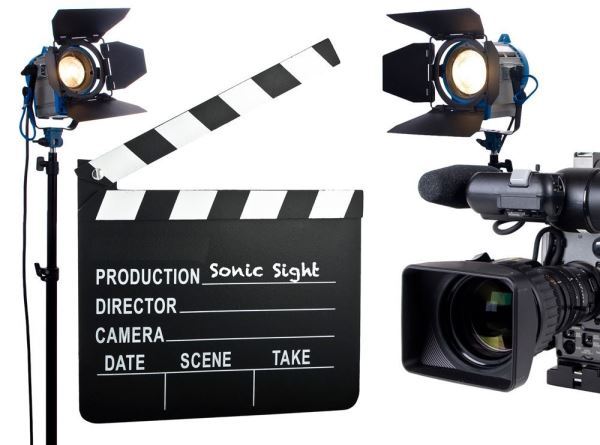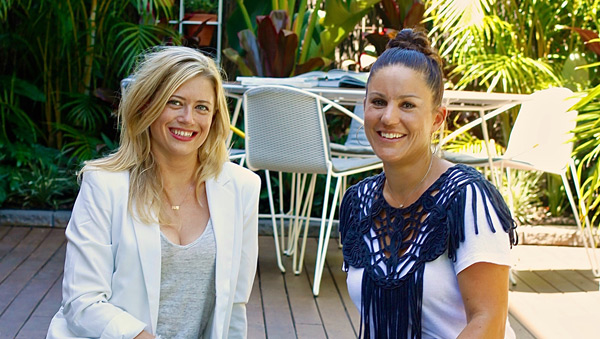Is Your Small Business Making These Marketing Mistakes?
Most small businesses don’t have extra resources to throw around in a bid to get more customers. However, many decisions that are made don’t result in the best use of the limited resources they do have.
Check out the following 7 marketing mistakes that your business might be making, and see if you can make improvements in the way you’re marketing your business.
1. Mixed Messages = Confused Customers
A lack of cohesive branding sends confusing messages to your customers which dilutes what you’re saying, and leaves them unclear about what solutions you can help them with. This is often due to a haphazard approach to marketing and lack of an overall strategic plan.
Solution: Take some time to plan out what you want to achieve and how you’re going to get there.
2. Stopping, starting & not getting any traction
This type of uncertainty comes about because there is little understanding of what marketing options are available, what will work best for your business and how to implement them so they work together to get you more business.
Solution: Consider getting help to put together your plan and to manage the implementation if that is a weak spot for your business.
3. No way of accurately measuring your Return on Investment
Without information on your key marketing metrics, you could be wasting money on activities that aren’t bringing in new customers or encouraging repeat business from your existing customers. Gut feel is important but not always accurate.
Solution: Put in place achievable goals and tracking so you can easily see what needs to be improved.
4. Unclear product benefits
A visitor to your website, a customer stepping into your business or someone looking at your brochure, should be able to tell within a few seconds what your business can offer them and the key way that you can solve their problem. Many small businesses feel that the benefits of their product are obvious and don’t need explaining.
Solution: Be clear about how your product or service can help your target market.
5. Following others & getting distracted
What works for one business in one market doesn’t necessarily work for other businesses. Just because everyone is doing social media training or jumping on to Instagram doesn’t mean you automatically need to do that too.
Solution: Training & mentoring to help you and your staff implement your plan and be a sounding board for any deviations.
6. No information that explains your expertise
Right after a potential customer has worked out what your product can do and whether it can help them solve their problem, they want to know how you can support that claim. What credibility can you offer?
Solution: Demonstrate your expertise through examples, case studies, testimonials and weave it into your product or service descriptions.
7. Making it hard for customers
There are a number of things that need to come together to make it easy for customers to order from you. Relying on your customers to be committed and seek out the information they need is not a good strategy for success.
Solution: Review where you’re getting it right and what areas can be improved.
Taking a more strategic and considered approach to marketing may seem tedious if you just want to get on and sell more as soon as possible but a little bit of planning upfront will provide benefits that you can build on for many years to come.
Featured image via Pixabay under Creative Commons CC0
 Jill Brennan
Jill Brennan
Jill Brennan is a marketing consultant, mentor and the founder of Harbren Marketing. With around 20 years in the small business trenches, she takes the headache out of marketing by working with small business owners to build their own marketing engine. Get a more detailed guide to the 7 Small Business Marketing Mistakes at harbren.com.



 Adrienne McLean
Adrienne McLean





